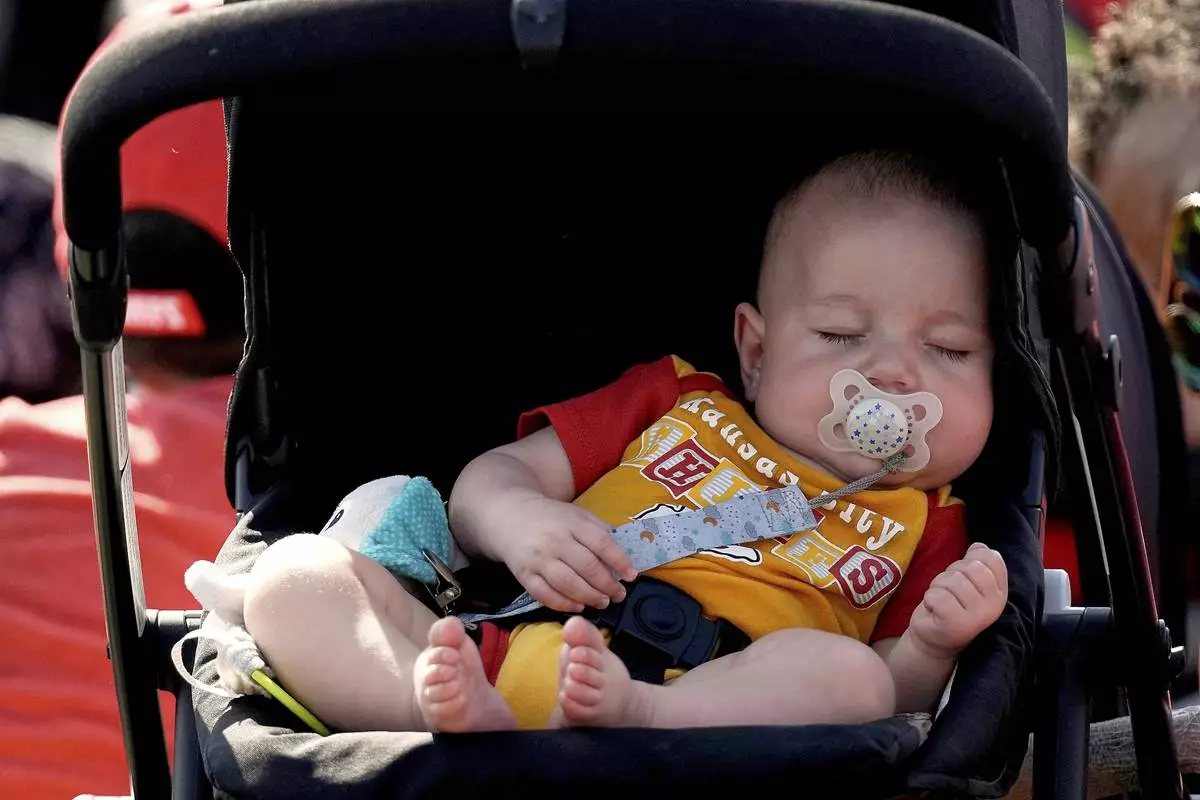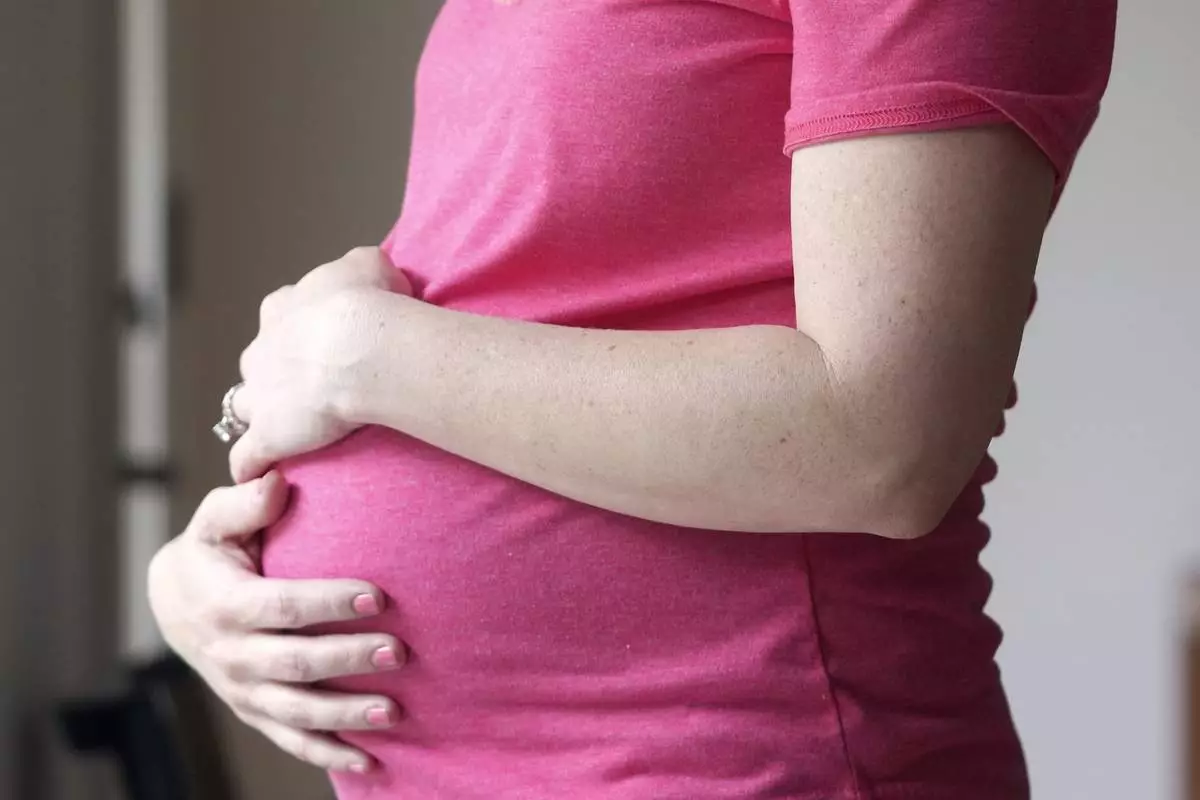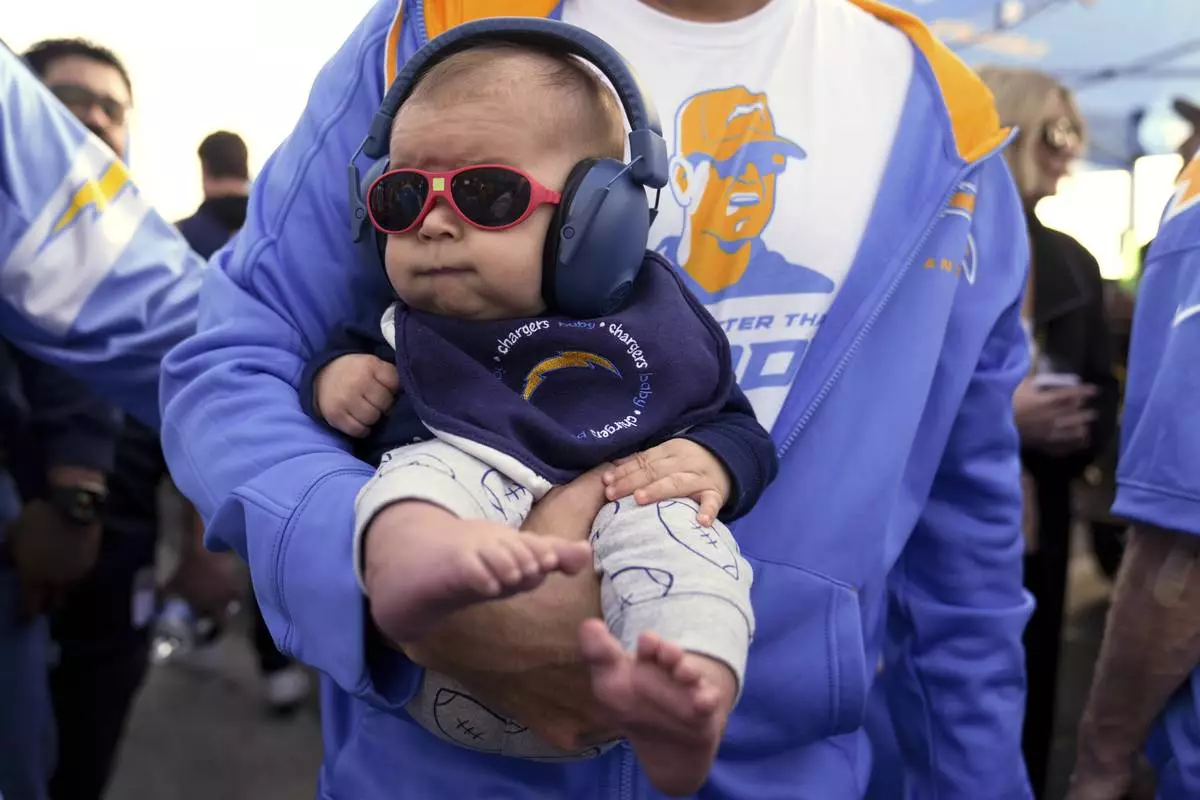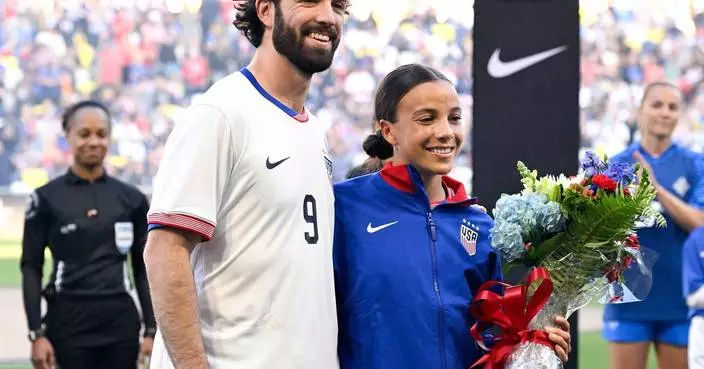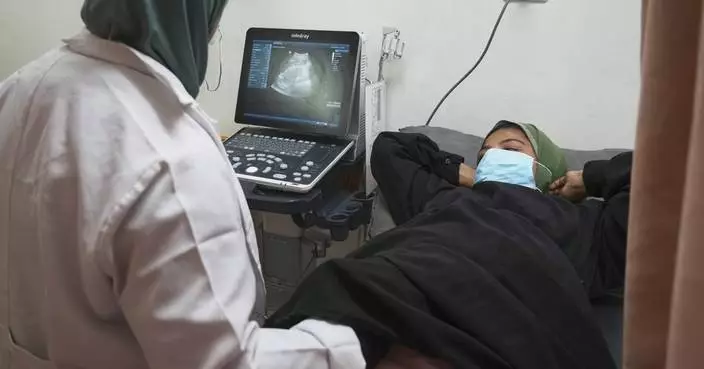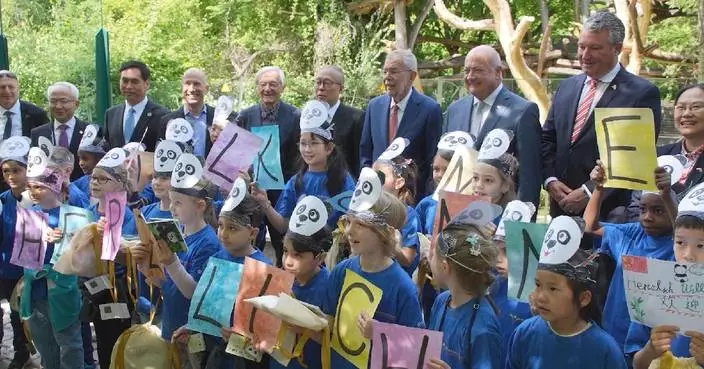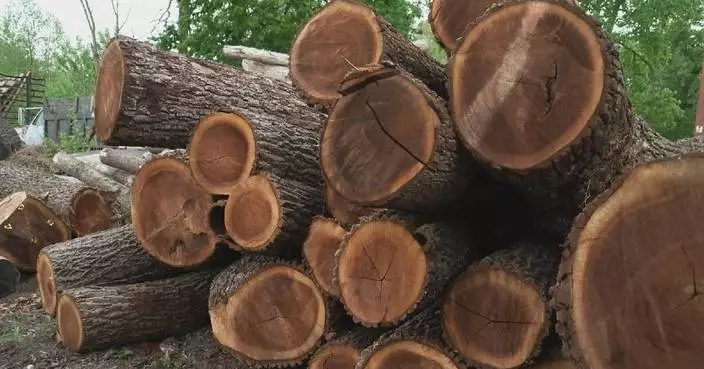WARNING: GRAPHIC CONTENT – Baby Anna has harlequin ichthyosis which makes her skin regenerate at 10 times the normal rate.
The parents of a girl born with an ultra-rare condition causing hard, diamond-shaped white patches to form across her body recalled seeing their daughter who “didn’t even look like a baby” for the first time, as “mindblowing.”
But devoted parents Jennie and James Riley soon saw past the extraordinary patches which covered her tiny body and into her “most beautiful soul.”
Enjoying a smooth pregnancy, Jennie, 34, who quit her job working on a farm last year to become her baby Anna’s full-time carer, had no reason to suspect there was anything wrong with her child.
But the moment Anna, now 17 months, was born on September 17 2017 weighing 4lbs 11oz at Vassar Brothers Medical Centre, in Poughkeepsie, New York her skin began to rapidly solidify, causing it to turn white and crack in deep red fissures – all signs of harlequin ichthyosis, which occurs in one in 200,000 live births, according to the British Association of Dermatologists.
Recalling the moment when she saw her daughter – whose condition causes her skin to regenerate 10 times faster than normal – for the first time, Jennie, of Highland, New York, USA, said: “It was all very confusing as no one knew what it was for a while.
“And I couldn’t understand how something had gone wrong, as throughout my pregnancy everything had gone so well and the ultrasound and stats – or oxygen saturation levels – were all perfect.”
She added: “Seeing her was mindblowing, as she didn’t even look like a baby.”
But, when her law enforcement officer dad, James, 30, looked into her eyes – which were framed by eyelids, reddened and swollen from being stretched back by the tightening skin on her face, he saw her “most beautiful soul.”
Caused by an inherited faulty gene, harlequin ichthyosis was diagnosed hours after birth and Anna’s parents were warned, as their baby was treated in an intensive care unit, that she may not survive.
But she defied the odds and, at a month old went home, meeting her brothers, Andres, now nine, who is Jennie’s son from a previous relationship, and James Jr., now four, properly for the first time.
“It was amazing being able to take her home at last, after all that waiting wondering whether or not she would live,” said Jennie.
Now, despite having the condition for life and needing four hours’ worth of baths every day, along with regular application of lotions, so that her excess skin can be peeled off, Anna is a happy and healthy toddler.
Her mum said: “In spite of everything she has been through, Anna is the happiest little baby and very rarely complains about the pain she must sometimes be in.
“It is a lot of work each day caring for her skin and there will be challenges ahead for us.
“But her joyful personality makes it all worth it.”
Excited by the prospect of a new addition to the family, when she first discovered she was pregnant at the start of 2017, the subsequent routine check ups and scans left Jennie and her husband-of-five-years, James, feeling confident that their next child would be as healthy as the previous one.
The first warning signs that something was wrong came when Jennie’s waters broke on September 16 2017, six weeks before her due date and James drove her straight to hospital.
Given steroid shots to strengthen the baby’s lungs, a common procedure for premature births, after waiting 24 hours for the drugs to take effect, Jennie was wheeled down to surgery the following morning for a C-section as Anna was facing the wrong way in the womb.
“Everything was calm and I was feeling eager and excited,” said Jennie.
“No one had any kind of premonition about how things were going to turn out.”
But as baby Anna was lifted from her womb, Jennie knew immediately from the hush that descended around her that there was something very wrong.
“I heard the nurse say, ‘She’s beautiful,’ but then after that there was an uncomfortable silence and I suddenly became very worried,” she said.
Leaving the moist womb and hitting the air, Anna’s skin, which due to the condition is unable to retain any liquid, instantly dried, forming hard, diamond-shaped white patches and causing her eyelids to flip inside out due to the tightening of her skin.
Told by nurses that Anna needed treatment, Jennie was so shocked by the news that she was given a sedative by the anaesthetist to calm her down while Anna was whisked away for special care.
Woken up a few minutes later in the recovery room, Jennie saw her baby clearly for the first time.
She recalled: “I took her in my arms and she was wrapped up in plastic.
“Her whole body had cuts all over it, caused by the extra layers of skin cracking. The poor thing looked so unwell and her eyes were swollen shut.”
She continued: “It was so confusing for me as everything had gone so well up until the very last moment and I had no idea what it was all going to mean for her and for us.”
Still unsure of the diagnosis, having never seen anything quite like it before, the medical staff at the hospital decided to send the baby to the specialist Maria Fareri Children’s Hospital, 50 miles south in Valhalla, New York.
She was diagnosed with harlequin ichthyosis and put on a strict treatment plan, to give her the best chance of survival, which entailed being kept in a humidified box and rubbed with Vaseline every hour.
“After a couple of days, I was allowed to leave Vassar and go to her at the children’s hospital,” said Jennie.
“We weren’t able to touch her, as the risk from infection is very high with harlequin ichthyosis sufferers in the first few days of life, as bacteria can very easily get into the open cuts on the skin.
“We were told just to take it day by day, as the chance of death was very high.”
She continued: “I couldn’t believe what was happening and was still in shock.
“But I just knew that we had to keep our little girl alive.”
Luckily, Anna was incredibly resistant and, as the thick white pieces of skin began to come away, her flesh started to take on a more usual colour, although it remained tight and “leathery”.
After three weeks in hospital she was allowed to go home, with Jennie taking on all her treatment needs.
“It was a big adjustment for all of us and there was a lot of trial and error,” she explained.
“But we pretty quickly worked out how best to keep her healthy and it seemed that there was light at the end of the tunnel and that we would be able to get through it.”
Now, taking two two-hour baths a day, to help prevent her skin from drying out and shedding, Anna is growing up as any other normal girl would, although she has some mobility problems due to the skin being taut and restricting movement, and her skin has a particular pinkish hue.
“There are of course difficulties and we are constantly having to think about how her skin might react in different weathers at different times of the year,” Jennie continued.
“And she can’t just go outside to play in the park, as her skin will dry out very quickly and she isn’t able to sweat or control her body temperature either so it can be tough.”
She continued: “But she is learning to talk now and loves chatting, as well as playing with her older brothers, who are great with her. James, my younger son, was at first a little confused by her condition, but is very loving and protective over her now, singing to her when she cries.”
While it is uncertain how disabling ichthyosis will be for Anna in the future, Jennie’s one hope is that her daughter will always retain her happy disposition.
“There may be challenges ahead for her, but I just hope that she will be able to see past her condition,” said Jennie. “I want for her to always have a positive attitude, because it is what everyone loves about her.”



